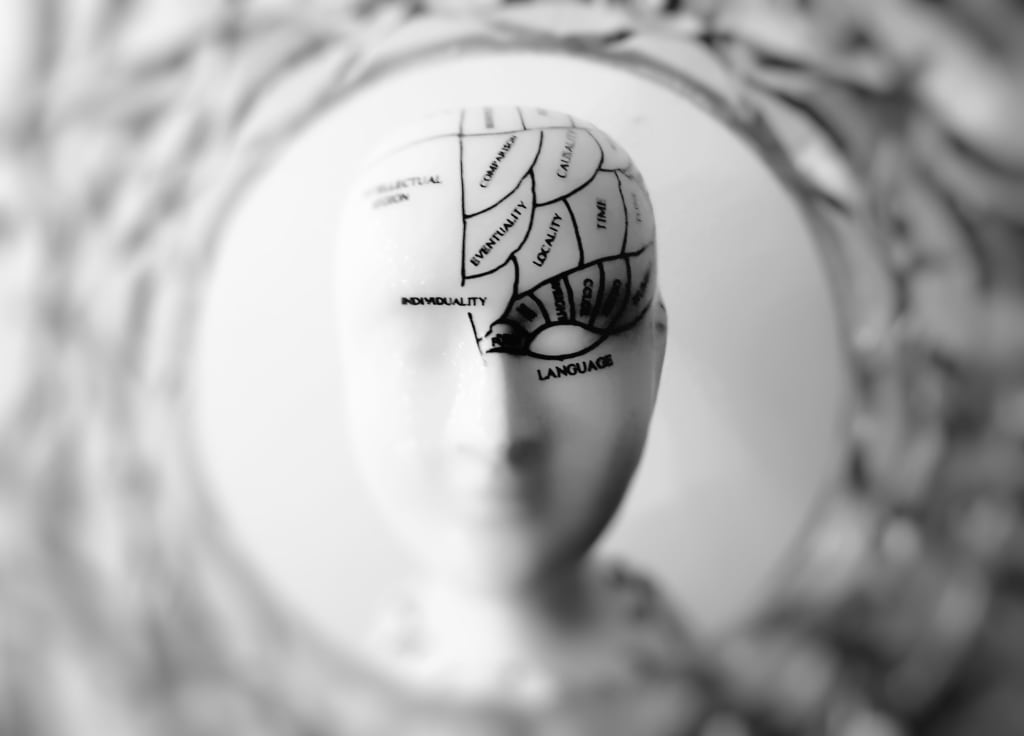The Brain
The complete structure of Human Brain

The human brain is one of the most complex and fascinating organs in the human body. It is responsible for controlling all of our thoughts, emotions, and behaviours, and is involved in virtually every aspect of our lives. In this article, we will explore the various structures and functions of the human brain, as well as some of the fascinating research being conducted in the field of neuroscience.
The Human Brain: Structure and Function
The human brain is a complex structure that is made up of billions of neurons, or nerve cells, that communicate with each other through electrochemical signals. These neurons are organized into various regions and structures that are responsible for different functions. The brain is divided into three main parts: the cerebrum, the cerebellum, and the brainstem.
The cerebrum is the largest part of the brain and is responsible for most of our conscious thoughts and actions. It is divided into two hemispheres, the left and right, which are connected by a bundle of nerve fibres called the corpus callosum. Each hemisphere is further divided into four lobes: the frontal lobe, parietal lobe, temporal lobe, and occipital lobe.
The frontal lobe is located at the front of the brain and is responsible for a variety of functions, including decision-making, problem-solving, and planning. It is also involved in our personality and social behaviour.
The parietal lobe is located near the top and back of the brain and is responsible for processing sensory information, such as touch, temperature, and pain.
The temporal lobe is located on the sides of the brain and is involved in the processing of auditory information, as well as memory and language comprehension.
The occipital lobe is located at the back of the brain and is responsible for processing visual information.
The cerebellum is located at the back of the brain and is responsible for coordinating movement, balance, and posture. It also plays a role in learning and memory.
The brainstem is located at the base of the brain and is responsible for controlling many of our basic life functions, such as breathing, heart rate, and blood pressure.
Neuroscience Research: Understanding the Brain
Neuroscience is the study of the nervous system and its role in behaviour, cognition, and disease. In recent years, there has been a significant increase in research on the human brain, as scientists seek to better understand how it works and how we can use this knowledge to improve our lives.
One area of neuroscience research that has received a lot of attention in recent years is the study of the brain's plasticity, or its ability to change and adapt over time. This research has shown that the brain is capable of rewiring itself in response to changes in the environment or experiences, which has important implications for learning and memory.
Another area of neuroscience research that has been making headlines is the study of the brain and its role in mental illness. Scientists are exploring the neural mechanisms that underlie conditions such as depression, anxiety, and schizophrenia, in the hopes of developing new treatments and therapies.
In addition to these areas of research, there has also been a lot of interest in the study of the brain and its relationship to consciousness. This research seeks to understand how the brain gives rise to our subjective experiences, such as thoughts, emotions, and perceptions.
Conclusion
The human brain is a complex and fascinating organ that is responsible for all of our thoughts, emotions, and behaviours. It is composed of billions of neurons that communicate with each other through electrochemical signals, and is organized into various regions and structures that are responsible for different functions. While there is still much to learn about the brain, recent advances in neuroscience research are providing us with new insights into its workings, and offering hope for new treatments and therapies for a range





Comments
There are no comments for this story
Be the first to respond and start the conversation.